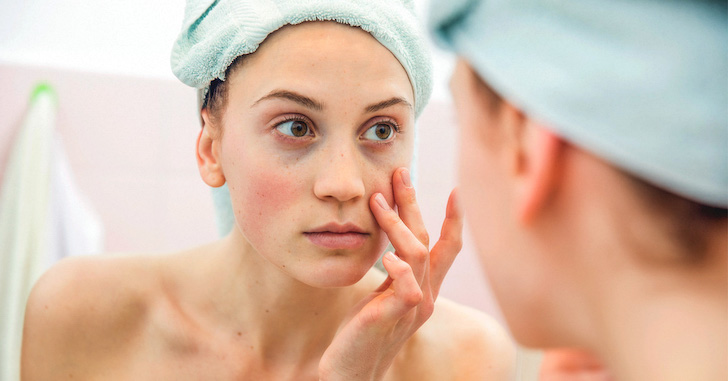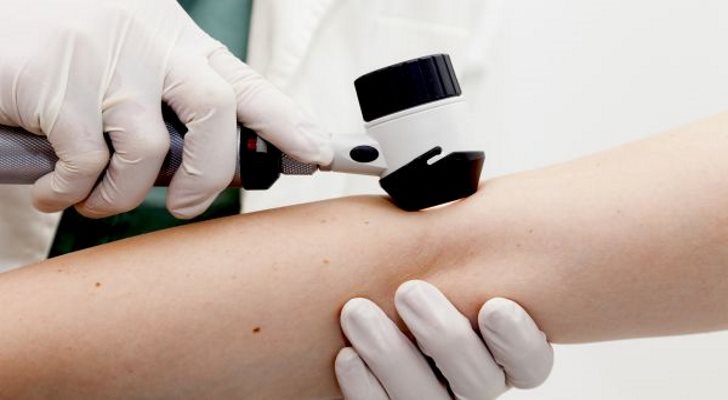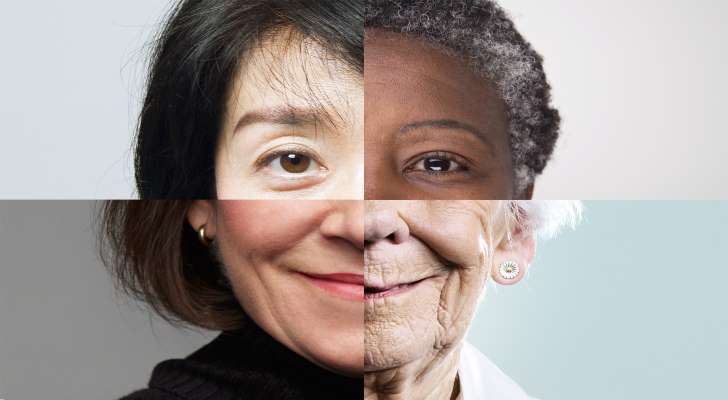Vitiligo Symptoms, Signs and Causes

Vitiligo is a condition in which the skin loses its pigment cells. A skin disorder manifested by slow, constantly expanding white patches on different parts of the body. The main reason for the spots to appear is the lack or full absence of the natural pigment, which provides our skin with the particular, natural color. It is impossible to forecast how much color the person might lose when the health condition takes place. Also, vitiligo may occur on any part of the human body, and it’s impossible to predict as well.

Some people report their hair is also attacked. The symptoms can be noticed even on one’s face. Such element as melanin predetermines the color of hair and body. The problem with the white patches is the inability of the responsible cells to go on creating and supporting melanin. It does not matter which color your skin is initially – the problem may happen to anyone. However, there is nothing to worry about as there are no fatal outcomes. On the other side, the appearance makes the person suffer and feel ashamed.

There are obvious, visible signs of this problem. Just like with many other skin issues, the first visual symptoms are associated with the spots covering the body surface. In this case, we are talking about the flat white patches that increase over time. The initial dot on the body is reacting to the sun. It may enlarge being in the places of direct contact with the sun (e.g., beach or hot countries).

The starting spot looks just a bit paler than the rest of the surface. It loses its color more and more with the time. One day, the patch turns absolutely white. There is no specific form of the spot. Forecasting the shape is hard. The areas around spots may become itchy if the corners get inflamed with a red tone.

Many people wish to understand what causes vitiligo to avoid this unpleasant problem. If the person has diabetes, his or her chances of facing this problem are much higher. The condition occurs as the body starts to lose the pigmentation. Initially, small pale dots with abnormal borders appear to expand quickly over time, especially when the individual interacts with the sun lights regularly. The zone under the risk is pretty high – more than 50% of the human body. In the end, it may look like the person is colored in two halves.

The riskiest areas include the hands, head, and all extremities. In other words, those body parts that are more sensitive to the sun being opened more often than others. However, it does not mean that the genitalia is safe. Even though the patient does not feel any pain or another discomfort, the main disadvantage is the harm vitiligo does to the overall appearance. It is hard to get rid of this problem.

It is simple to diagnose vitiligo as far as it is a visible condition. It is possible to identify even if you are not an expert. Still, it is better to take your medical history with you and bring it to the doctor. He will identify the core problem faster when having all necessary information in front of the eyes. As it was mentioned, people diagnosed with diabetes are the potential victims of vitiligo.

Another group of risk consists of those who suffer from psoriasis and dermatitis. Shining ultraviolet light can detect the cause immediately. It is critical to observe the body surface closely. One more effective way is a tiny sample (biopsy) of the skin. Give away a sample of blood to ease the task. Finally, such diagnosis as anemia may speed up the decision-making process.

People often ask doctors if there are any potential complication related to vitiligo. As it was said, the disease is never fatal. It does not cause any pain, nor it does evolve into another forms or illnesses. However, vitiligo is the first step to having troubles with autoimmune functionality. Those could be Addison’s disease, type I diabetes, or anemia. To avoid these troubles, it is better to examine the potential organism risks in full once faced with the issue of vitiligo.

The worst outcome of vitiligo is the lost self-confidence and esteem as the person feels ugly. It often leads to the kind of depression. Sometimes, people diagnosed with this skin problem also report issues with organs of vision, hearing, and increased risks of sunburns in the damaged zones.

The last thing to discuss is the list of threats. Vitiligo commonly starts at the age of 20-25. In fact, there is no special age requirement. It all depends on the immune system. All races, ages, and genders are under the equal threat of experiencing vitiligo. This skin condition, however, more frequently is present on the darker skin. In addition, people who have a weak immune system (autoimmune diseases) are more likely to become the ‘victims.’

An example may be hyperthyroidism. The doctors do not have all answers, so the condition remains partially unexplored. The problem can be transferred from one family member to another. Often, if at least one parent has vitiligo, the kids will face it too. However, it happens rarely.
